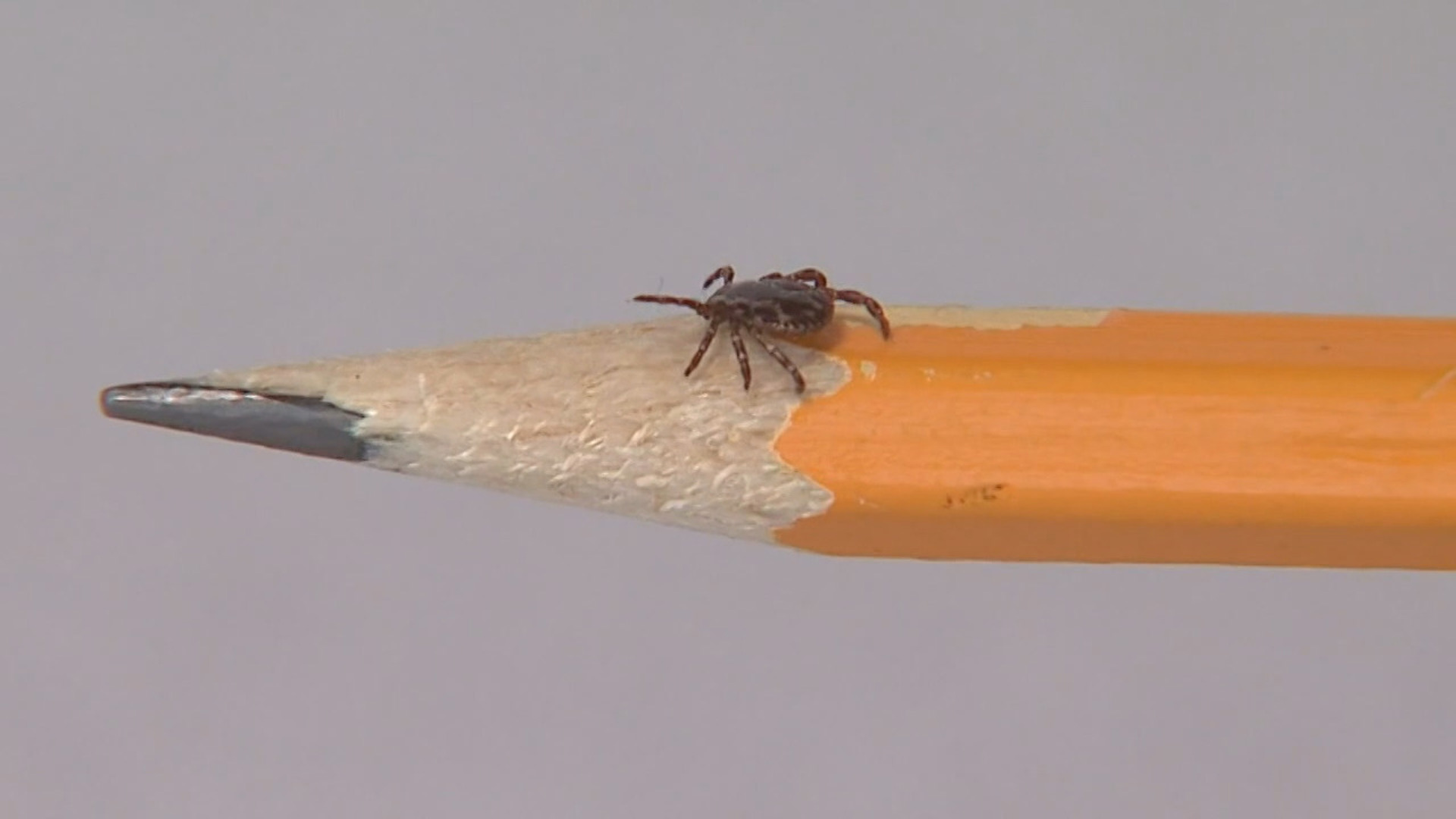GRANTVILLE, Pa. — As people plan their Labor Day weekend activities, state health officials are warning about the spread of Lyme Disease from tick bites.
“We’re afraid people will let their guard down a bit, and we want them to get the message," said Cindy Adams Dunn, the Pennsylvania Department of Conservation and Natural Resources secretary.
While many people perceive ticks as a summertime risk, Dunn said that people can still get tick bites well into the fall. She said ticks tend to thrive with temperatures above 45 degrees.
“I kick up my hiking during the fall; I take breaks on logs, and I bushwhack it sometimes," said Dunn. "I’ve gotten more ticks in the fall, and even in the colder end of fall, than any other time."
The Pennsylvania Department of Health recently launched a dashboard to track the prevalence of ticks across the Commonwealth. So far in 2024, health officials have recorded 11,263 new lab confirmed cases of Lyme Disease.
DOH Secretary Dr. Debra Bogen said those numbers could be even higher.
“If someone came into my office with a classic rash or classic symptoms, I wouldn’t send laboratory testing; I would treat them for their Lyme Disease," said Dr. Bogen.
She added that anyone who gets a tick bite and has symptoms like a bullseye rash and fever should seek treatment as soon as possible.
“It can go on to affect your joints, heart and nervous system," said Dr. Bogen. "So we want people to get treated early."
Dunn recommends using tick spray, wearing long-sleeve shirts, and tucking your pants into your socks to give yourself better protection when doing fall recreational activities.
“We don’t want people to hide indoors," said Dunn. "If you want to drive a car, you have to learn how to drive; you take precautions.”

